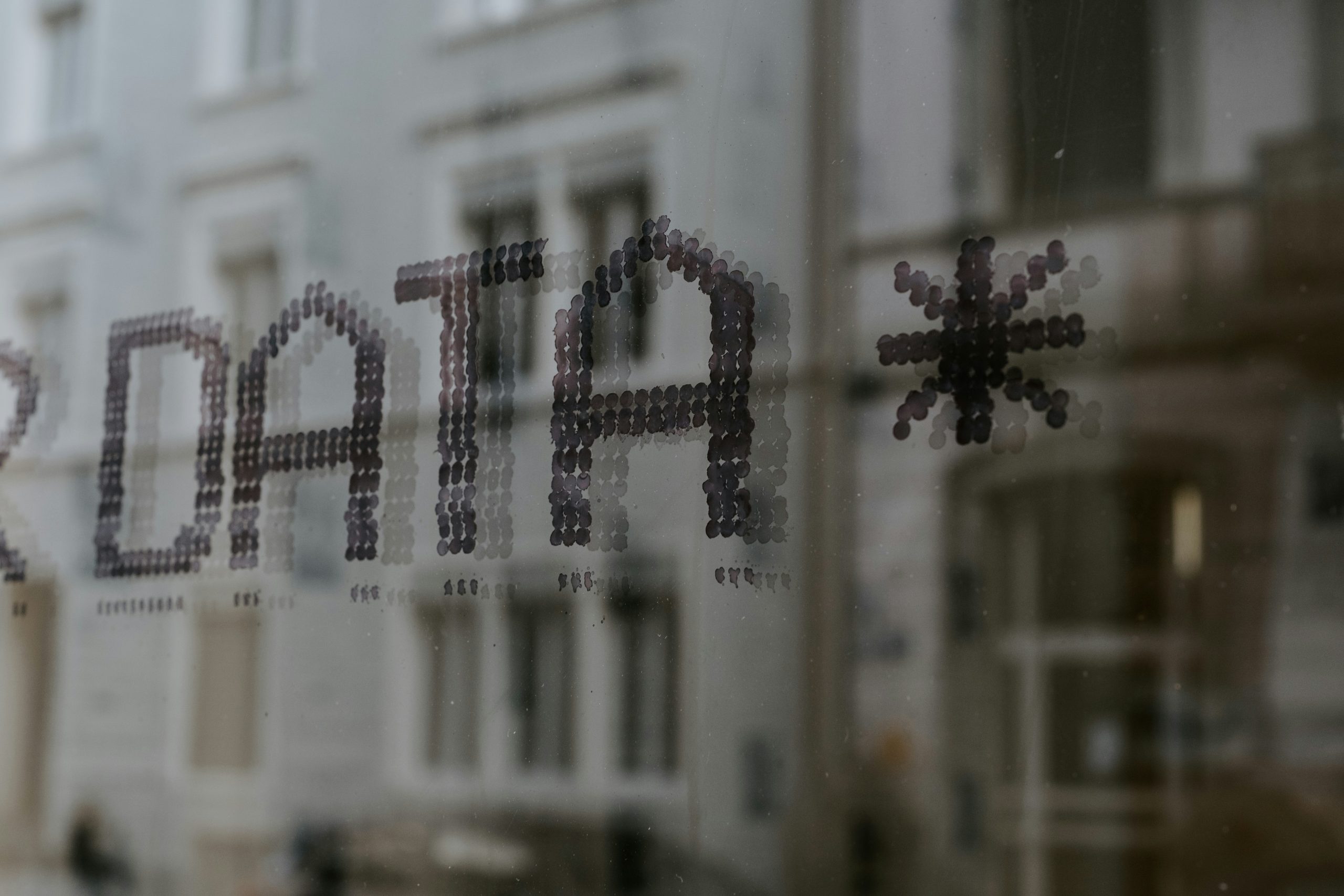Introduction
This article first appeared in the Rare Focus newsletter on LinkedIn (October 2025).
The EU Joint Clinical Assessment (JCA) is no longer a future concept — it’s operational.
Oncology and advanced therapies are already in scope, and orphan medicines will follow in 2028.
The principle is straightforward: one shared EU evaluation of clinical evidence instead of 27 separate national appraisals.
The early experience from oncology and advanced therapies is already revealing how complex this shift will be — and what it could mean for rare-disease sponsors once they enter the process in 2028.
A new discipline for evidence generation
The first JCAs are testing how far national systems can converge.
Sponsors are learning that evidence once accepted locally must now withstand cross-country comparison, with differing assumptions about endpoints, comparators and relevance to practice.
For rare-disease developers, the lessons are already clear.
The question is shifting from “is the evidence credible?” to “is it consistent, traceable and defensible across Europe?”
It is not a paperwork change, but a cultural one.
Patient experience data: from narrative to evidence
The The EMA Reflection Paper on Patient Experience Data (September 2025) confirms that patient-generated information is now part of the formal evidence base. Patient-reported outcomes, preference studies and structured engagement are all recognised — provided they meet standards of quality and representativeness.
This aligns with the HTA Regulation FAQ (September 2025), which confirms a phased implementation: oncology and advanced therapies from 2025, orphan medicines from 2028, and all centrally authorised products from 2030.
That timeline leaves little room for delay in improving data quality and methodology.
Patient input is no longer an optional layer; it must be planned, validated and traceable through the same evidence architecture as clinical and economic data.
Read the full EMA Reflection Paper →
The evolving role of ERNs
The HTA Coordination Group and the European Commission now recognise European Reference Networks (ERNs) as potential sources of expert and patient input to JCAs.
This reflects growing policy interest in how existing rare-disease registries and longitudinal datasets could inform comparative evidence.
Discussions within the ERN community suggest awareness is rising, but there is still no formal mechanism to connect their insights into the JCA workflow.
A structured, transparent route that maintains independence and data integrity could help translate ERN knowledge into evidence that is both scientifically sound and authentically patient-centred.
A convergence challenge, not a compliance task
Recent studies and patient surveys highlight that success under the JCA depends on early, cross-functional planning that aligns regulatory, market-access and clinical-evidence activities well before submission.
Many organisations are still adjusting to this shift, with clear differences emerging between those preparing strategically and those reacting late in development.
Findings from the European Patients’ Forum (2025) show that while patient engagement has improved, it remains uneven and often limited to consultation rather than co-creation.
Without clearer frameworks and feedback loops, patient evidence risks being gathered but not used.
Academic work in the Journal of Market Access & Health Policy (2025) proposes consensus-based methods such as Delphi panels to make patient input in PICO scoping more systematic and transparent.
These structured approaches could help reduce variation across Member States and strengthen the legitimacy of JCAs that rely on qualitative data.
Why this matters now
By 2028, orphan medicines will enter the same assessment rhythm as oncology and advanced therapies.
That gives roughly two development cycles to embed these practices — from early PICO alignment and registry design to validated patient-experience data and ERN collaboration.
The frameworks now exist: regulatory alignment through the EMA, methodological guidance through the HTA Coordination Group, and structured engagement models emerging from patient organisations.
The task ahead is convergence — ensuring that Europe’s rare-disease ecosystem, regulators, sponsors and networks can make those frameworks work together.
Next steps
Rare-disease sponsors have limited time to prepare.
The most effective starting point is a structured readiness plan — auditing patient-evidence sources, aligning endpoints with patient priorities and mapping traceability from insight to submission.
At Swii.ch Health, we’ve developed the RAREready™ framework to help sponsors turn patient insights into defensible, JCA-ready evidence.
Learn more about our Patient-Evidence Readiness Map and 100-Day Sprint programmes, or explore the full offer at RAREready.health.
References
- European Commission, HTA Regulation: Frequently Asked Questions, September 2025
- European Medicines Agency, Reflection Paper on Patient Experience Data, September 2025
- Arcà E et al., Enhancing Patient Engagement in HTA: Using Consensus Research to Overcome PICO Challenges, Journal of Market Access & Health Policy, 2025
- European Patients’ Forum, Survey on Patient Involvement in HTA, 2025
Photo by Claudio Schwarz on Unsplash
